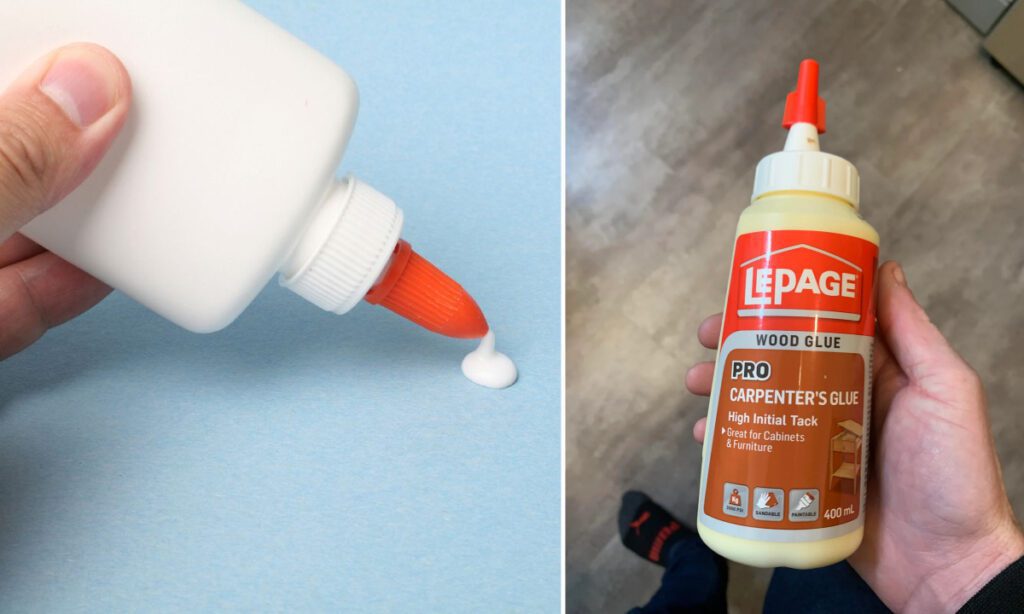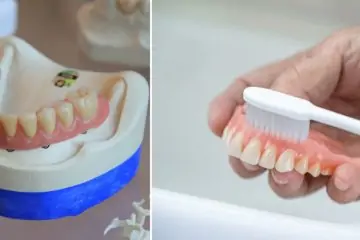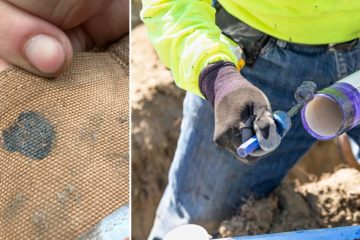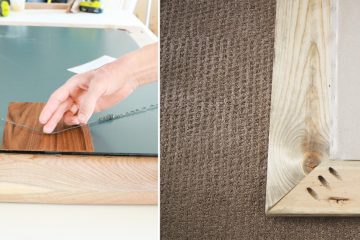Are you tired of waiting for your Elmer’s glue to dry? We’ve all been there – eagerly anticipating the completion of a craft project, only to be held up by slow-drying adhesive. Fear not! We’re about to spill the beans on how to make elmer’s glue dry faster and get your creations finished in a flash.

Key Takeaways:
- Use heat (hairdryer, sunlight, heat lamp) to speed up evaporation
- Apply glue in thin layers for faster drying
- Control humidity and temperature in your workspace
- Consider using Elmer’s fast-drying product alternatives
- Employ clamping or weighing down for thinner, quicker-drying bonds
The Science Behind the Stick
Before we dive into the nitty-gritty, let’s talk about what makes Elmer’s glue tick. This white glue is a polyvinyl acetate adhesive that dries through evaporation. Factors like temperature, humidity, and how thickly you’ve applied the glue play a role in drying time.
Quick Fixes for the Impatient Crafter
Need that glue to set ASAP? Here are some rapid-fire solutions:
- Blow it away: Use a hairdryer on low heat to speed up evaporation.
- Thin to win: Apply the glue in the thinnest layer possible.
- Press for success: Clamp or weigh down your project to spread the glue thinly.
2 Faithful Methods for How to Make Elmer’s Glue Dry Faster
Method 1: Turning Up the Heat
Heat is your best friend when it comes to fast-drying glue. Here’s how to use it wisely:
- Hairdryer technique: Keep it moving to avoid overheating.
- Sunbathing for glue: Place your project in warm, indirect sunlight.
- Heat lamp magic: Use with caution and keep an eye on your work.
Pro tip: Avoid using an oven unless you’re working with heat-safe materials. You don’t want to cook your craft!
Method 2: Creating the Perfect Drying Environment
Set the stage for speedy drying:
- Temperature sweet spot: Aim for 70-80°F (21-27°C).
- Humidity be gone: Use a dehumidifier or air conditioning to reduce moisture.
- Air it out: Fans and open windows are your allies in the battle against wet glue.
Application Tricks for Swift Setting
How you apply the glue can make or break your drying time:
- Spread it thin: Use a brush or spreader for even coverage.
- Less is more: Resist the urge to glob it on.
- Double trouble: For stronger, faster bonds on wood, try the double glue joint method.
Accelerants and Additives: Proceed with Caution
Want to kick it up a notch? Consider these options:
- Baking soda sprinkle: A light dusting can speed things up.
- Commercial accelerators: Available for purchase, but use sparingly.
- DIY solutions: Some crafters swear by a touch of salt or vinegar.
Remember, always test these methods on a small area first!
Material Matters
Different materials call for different approaches:
- Paper projects: Heat works wonders here.
- Wood wonders: Clamping is key for a strong, fast bond.
- Fabric finesse: Thin layers and good airflow are crucial.
Elmer’s Fast-Track Products
Did you know Elmer’s offers speedy options? Check out:
- Elmer’s Fast Grab Glue
- Elmer’s Quick Dry Wood Glue
These can shave precious minutes off your wait time.
3 Pro Tips from the Glue Gurus
- Warm up your materials before gluing.
- Use rubbing alcohol to speed up evaporation (test first!).
- Dilute the glue slightly for faster penetration on porous surfaces.
Rookie Mistakes to Dodge
- Don’t crank up the heat too high – you’ll weaken the bond.
- Avoid drowning your project in glue.
- Match the glue to your material for the best results.
Safety First, Folks!
- Ventilate your space when using heat or chemicals.
- Wear gloves when handling accelerants.
- Keep heat sources away from flammable materials.
- Store glue and supplies out of reach of kids and pets.
Innovative Ideas for Large-Scale Projects
- Build a DIY drying chamber with a fan and heat lamp.
- Industrial fans can tackle big surfaces.
- Try infrared heat lamps for even drying on large areas.
Is It Dry Yet?
How to tell when your glue has set:
- Look for clarity – most white glues dry clear.
- The touch test – if it’s not tacky, you’re good to go.
- For critical projects, give it the full recommended drying time.
FAQs About How to Make Elmer’s Glue Dry Faster
What Makes School Glue Dry Faster?
School glue dries faster with increased air circulation, moderate heat, and thinner application. Using a fan, working in a well-ventilated area, or applying glue in thin layers can significantly reduce drying time.
How Long Does It Take for Elmer’s Glue to Dry in a Vase?
Elmer’s Glue typically takes about 24 hours to dry completely in a vase, but this can vary depending on factors like humidity, temperature, and the thickness of the glue layer. For thin layers, it may become tacky in 1-2 hours and dry to the touch in 4-6 hours, while thicker layers may take longer.
Does Super Glue Dry Faster With Heat or Cold?
Super Glue dries faster with heat than cold because heat accelerates the chemical reaction that causes the adhesive to harden. While cold temperatures slow down this process, moderate heat increases molecular movement, significantly reducing the curing time of Super Glue.
Wrapping It Up
There you have it – a treasure trove of tips to make your Elmer’s glue dry faster than ever. Remember, patience is still a virtue in crafting, but with these tricks, you’ll be finishing projects in record time.
So, give these methods a whirl next time you’re in a sticky situation (pun intended). Your crafts will thank you, and you’ll be onto your next masterpiece before you know it. Happy gluing!


